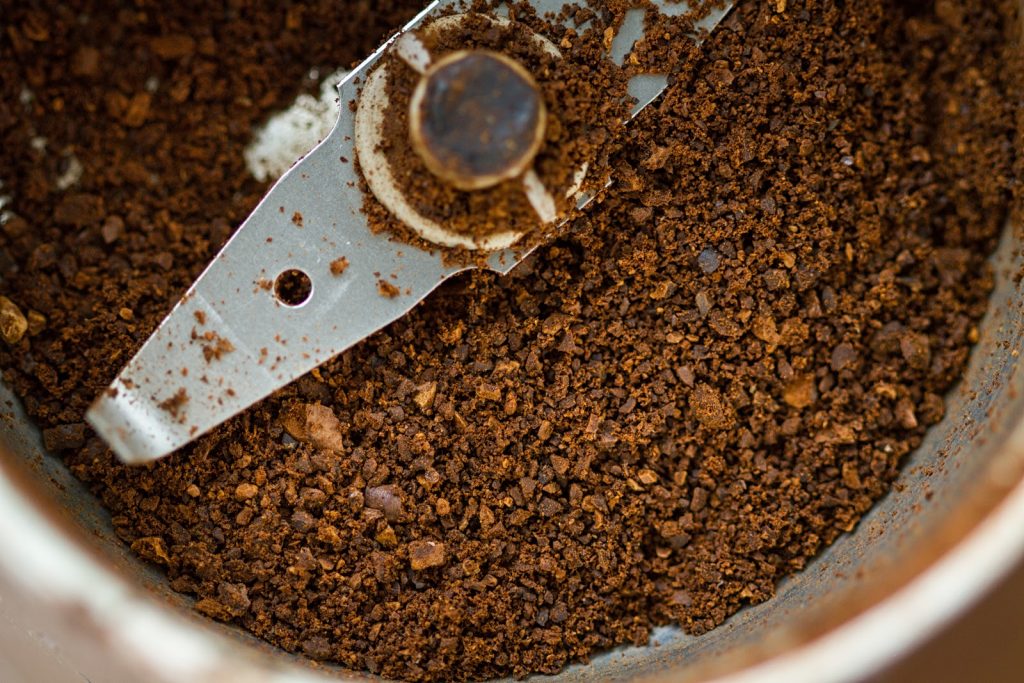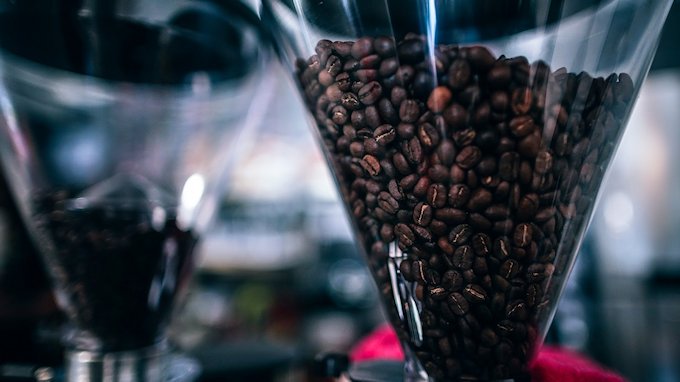Imagine waking up in the morning, eager to drink your first freshly brewed coffee of the day, only to disappoint your eager taste buds with a stale and flavorless liquid. You can avoid this scenario with the right coffee grinder.
Before you even take your first sip, the absence of the delicious aroma of freshly brewed coffee will likely be a huge letdown as well. This could become a reality for you if the ground coffee you purchased from a retail outlet is past its prime. Ground coffee loses its flavor more quickly than roasted coffee beans. You may find it advantageous to invest in a high-quality grinder if you are a home coffee brewer.
Why do I need a coffee grinder?
Consider how much money is wasted when throwing out stale ground coffee.
Having a grinder at your disposal will allow you to grind only the amount of beans needed for each batch of coffee, greatly decreasing your chances of wasting unused coffee grounds.
How do I choose the best one?
Let’s start off with the types available – blade and burr.

Blade grinders are the most cost-efficient and their movement is similar to that of a blender. The blades spin at a high-speed chopping roasted coffee beans and not actually grinding them. These grinders are also known as coffee mills.
Burr grinders get their name from the two revolving rough surfaces (burrs) that grind the coffee beans. Moving between the burrs, the coffee beans are ground a few at a time. There are many options to consider if you are interested in purchasing a burr grinder and they are sold within a wide price range. Things to consider are the size, power source (manual vs. electric), and the shape of the burrs (conical vs. flat).
So which type is better when comparing blade vs. burr coffee grinders?
Here are some things to consider when choosing between blade and burr grinders:
1. Price
Blade grinders would be your choice if you are looking for the least expensive option. In most cases, you get what you pay for when price is your main criteria. Blade grinders come with fewer options and tend to have a shorter lifespan.
Some may find blade grinders to be an attractive option if they plan on using theirs to grind other things such as spices, giving them more bang for their buck. However, without a thorough cleaning, grinding other things with your grinder will likely affect the coffee taste.
When it comes to burr grinders, consider purchasing a manual one which will give you a consistent grind without the higher price of an electric version. However, what you don’t pay in dollars, you pay in labor.
2. Grind Size
With blade grinders, you cannot adjust the grind size as you can with burr grinders. In fact, blade grinders chop up the coffee beans into pieces of varying size. On the other hand, the grind size from burr grinders is more uniform.
You might be wondering why coffee grind size even matters.
The grind size will affect the overall flavor of your coffee. To get the most flavorful cup of coffee, the optimal grind size will depend on your brewing method. Pairing the wrong grind size and brewing method may result in coffee that is under- or over-extracted. You can use this guide to help you find the right combination.
There is even more to consider when you are looking to produce a finer coffee grind.
Producing a finer grind requires the coffee beans to be ground (or chopped) for a longer period of time. The high speed at which blade grinders rotate generates heat, ultimately resulting in a brewed coffee with a scorched or burnt flavor.
Bottom line: A burr grinder will produce a more flavorful cup of coffee.
3. Preparation Time
Undoubtedly, self-grinding your coffee beans will increase your total coffee preparation time. Coffee lovers would likely agree that it is well worth the extra time to optimize the flavor from your coffee beans.
As you make your purchase decision, it’s important to consider how much coffee you make on a regular basis. Blade grinders and electric burr grinders will grind coffee beans more quickly than manual burr grinders. The time difference may not be a significant issue when grinding beans for a single serving of coffee. However, your coffee prep time may increase considerably when brewing larger batches.
Considering all the factors, most coffee aficionados will agree that burr grinders give them the highest return in flavor on their investment in high-quality coffee beans. The adjustments available with burr grinders also allow devoted coffee drinkers to more easily experiment with flavors by adjusting the grind size and brewing methods.
If you’re convinced a burr grinder is the optimal choice, you may be wondering…
What’s the difference between Conical and Flat Burr Coffee Grinders?
Besides the shape of the burrs, differences between the two types of burr grinders include:
- Grind Size Consistency – Flat burr grinders produce a more consistent grind size, but the difference really can’t be detected without the aid of a microscope. The less consistent grind size of conical burr grinders is desirable when brewing espresso.
- Cleaning – Their shape makes flat burr grinders more difficult to clean as more grounds become trapped in the burrs relative to the conical shaped ones. When grinding different types of coffee beans, trapped grounds from previous grindings can affect the flavor of your next cup of coffee.
- Price – Conical grinders are more cost-effective than flat burr grinders due to their slower motor. A less powerful motor results in less heat and noise generation.
Conical burr grinders are more commonly used with home coffee brewing.
There are many other “bells and whistles” you may consider when selecting your grinder including the number of settings/adjustments, timers, and digital displays.
If you are interested in investing in a conical burr grinder with advanced design, the Baratza Sette 30 AP is a great option to consider. Its revolutionary design allows it to operate more efficiently at a reasonable price.
See all of our Best Coffee Grinders here.




I have a burr grinder and with my preference for very dark oily beans the grinder becomes clogged after only a few days of use. My grinder is a Cuisinart.
A point of clarity.
I disagree with the initial description, Blade grinders are NOT grinders also known as coffee mills. This is a contemporary misuse of the term, Coffee Mill (like PR).
“Mills” describe the measured mechanical process to Precision Grind; not arbitrarily Maceate.
That is the simple description of a “Blade” grinder. Far more accurate to describe those tools as “Blade Maceators”; as they do not grind, whatsoever.
Wheat (or Flour) Mills are the original term using “Mill”. They provided precision, measured, cracking of grain. This was designed to ensure consistency in output-flour; every day. Mills were not Maceators.
The popularized term “Burr Grinder” is actually describing a “Coffee Mill”.
It accurately Mills the coffee bean to a precisely measured thickness via use of rotating “Burr Grinders”.
The choice being:
– “Flat” = Mill-Measured, consistent Grind Accuracy.
– “Conical” = Angular grind resulting in mixed density as beans slide down the cone.